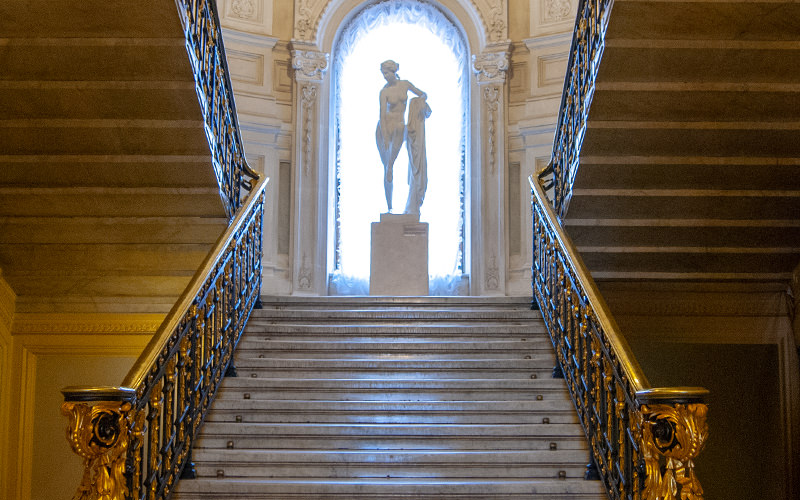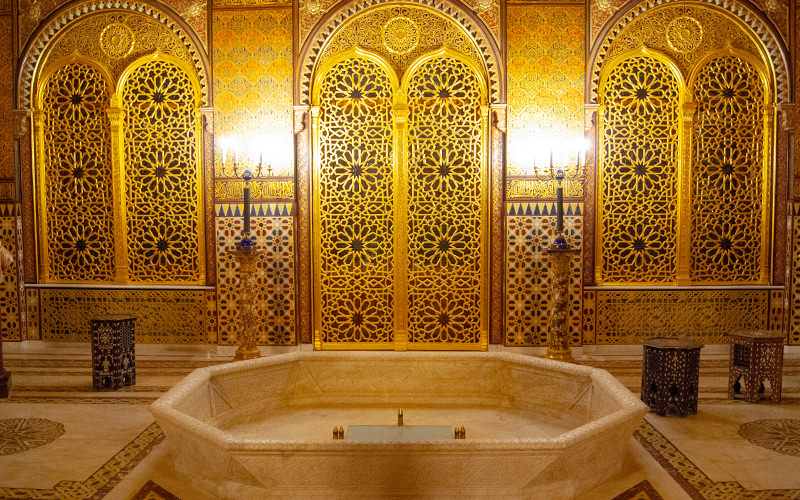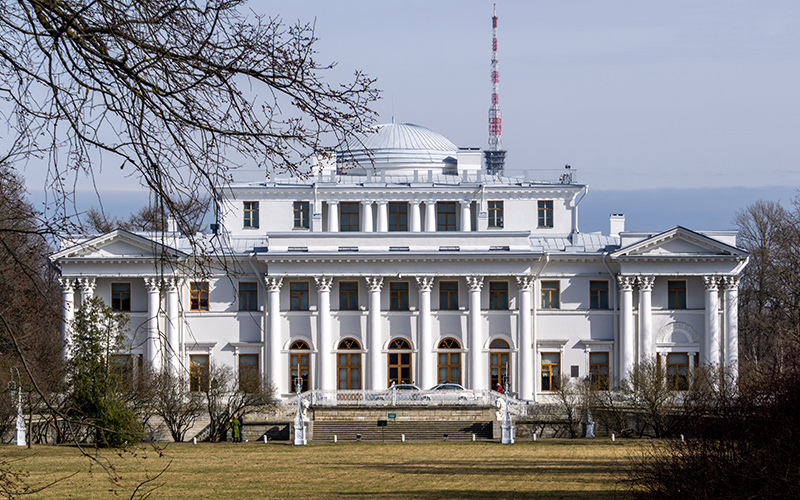Friends, today we will continue our walk through the recently reopened Alexander Palace, which has undergone extensive restoration, and explore several more of its rooms. I mentioned how to visit this place on a tour and provided a brief history of the former imperial residence in the first part of this article.
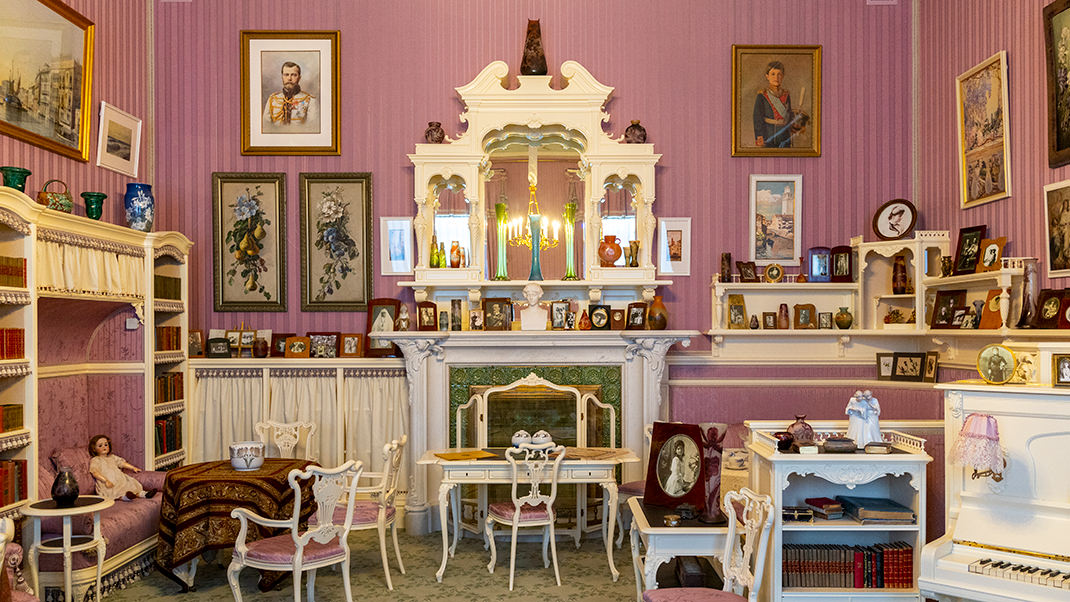
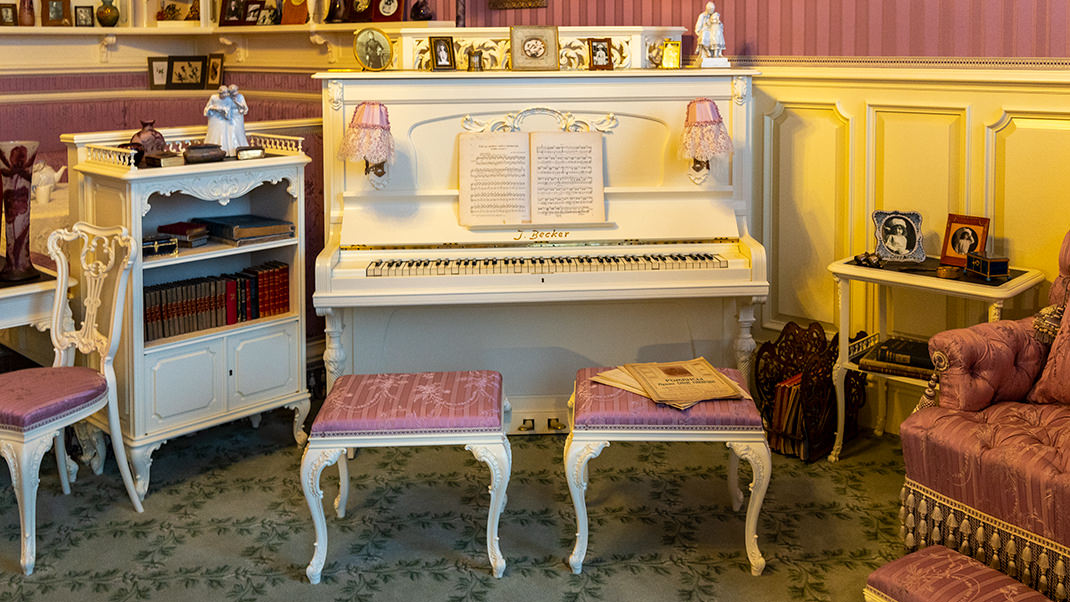
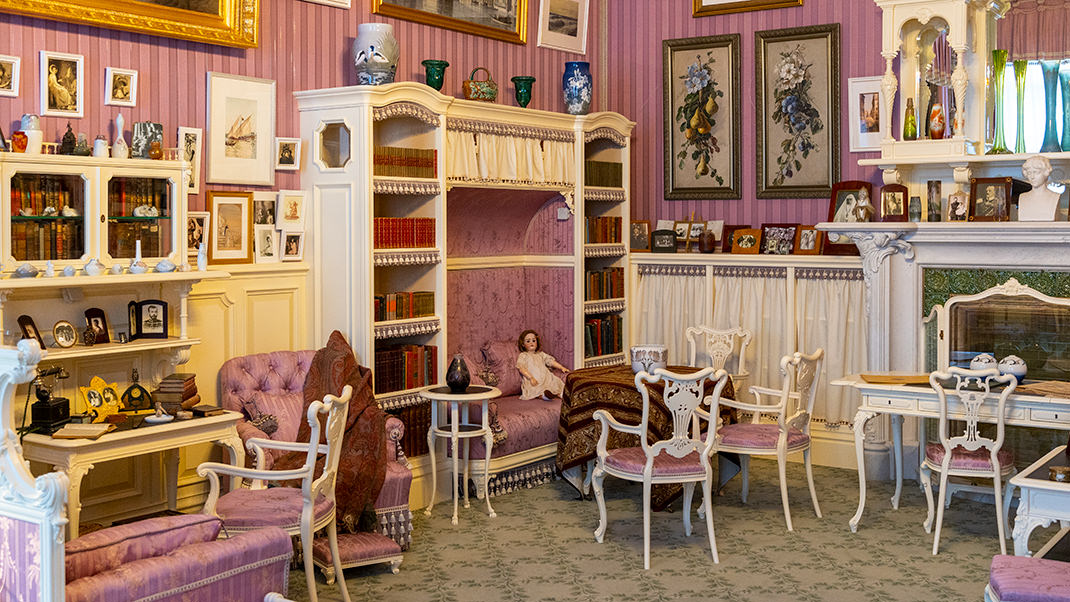
Since the 1950s, the Alexander Palace building was part of the Ministry of the Navy. In 2009, it was transferred to the Tsarskoye Selo State Museum-Reserve, which also includes Catherine Palace, the Catherine and Alexander Parks. A few years later, a project was created for the reconstruction and restoration of the palace, adapting the historic building to function as a modern museum.
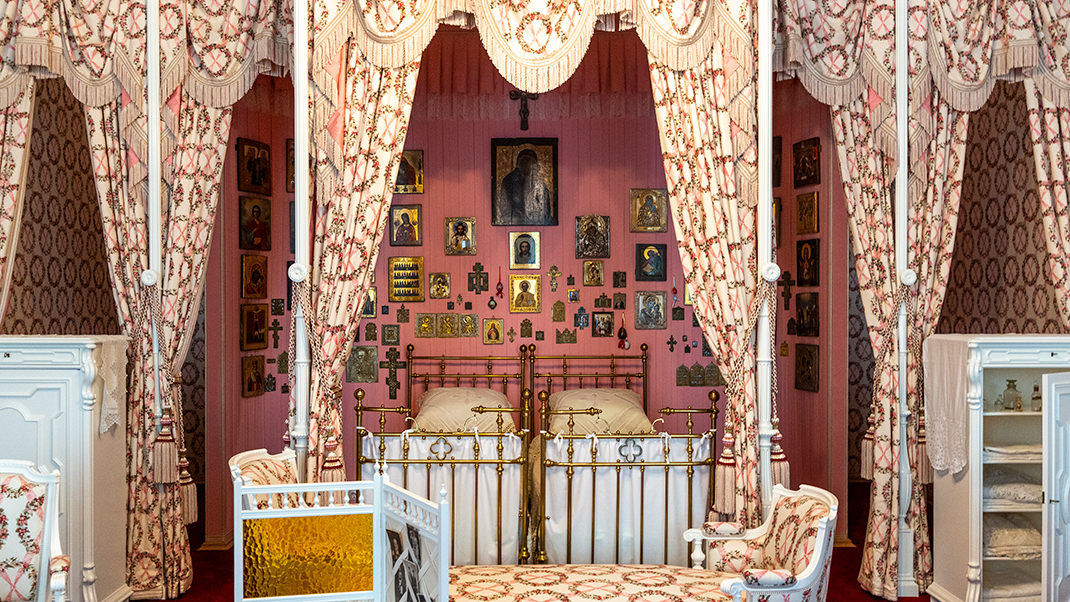
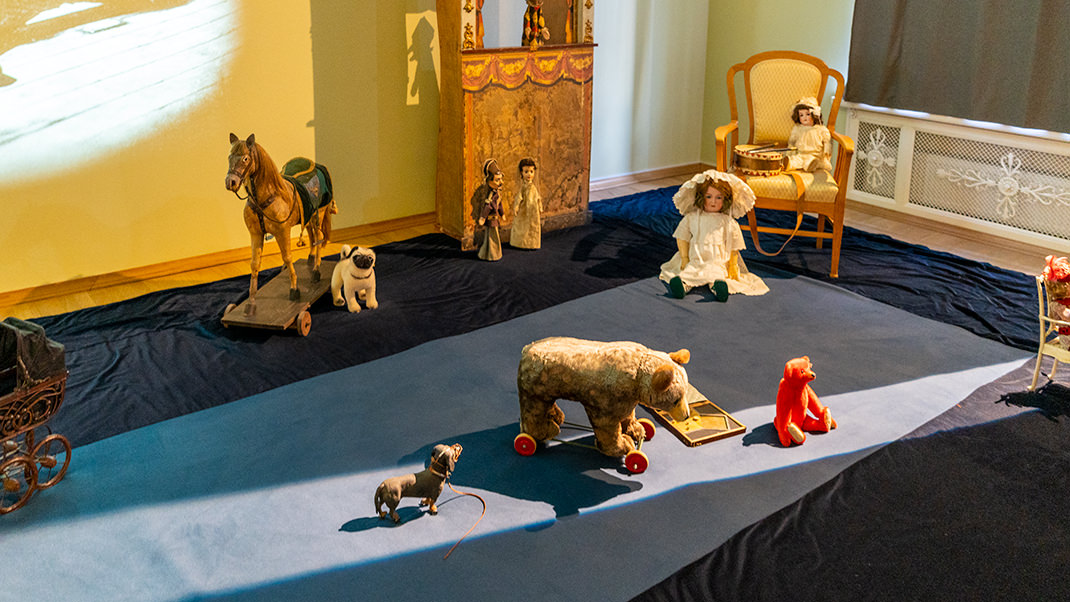
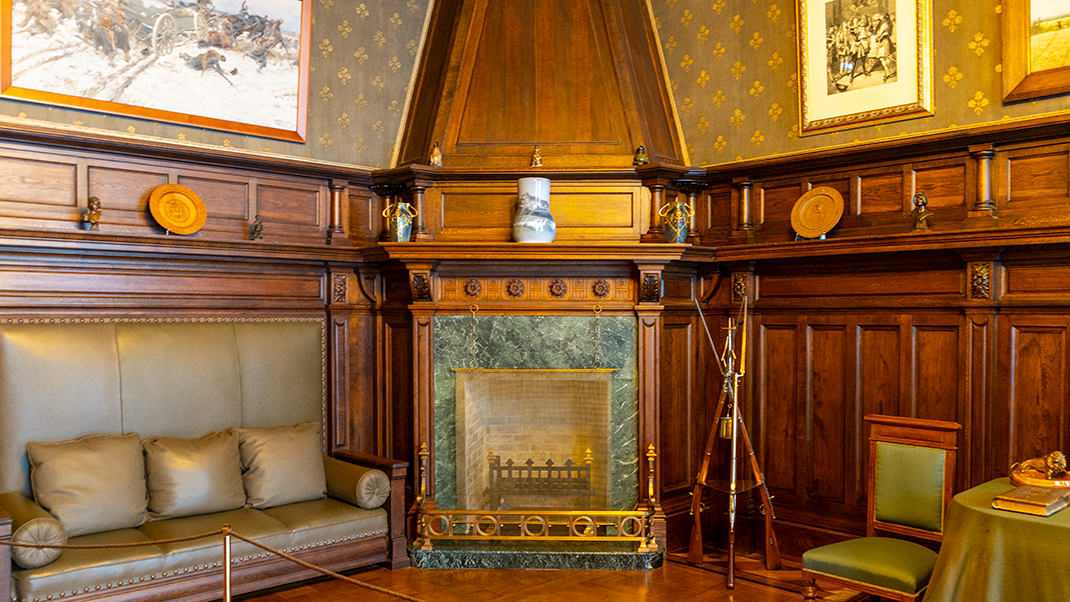
Last year, the first stage of work was completed, allowing visitors to view the recreated interiors of the palace: the Great and Small Libraries, the Corner, Maple, Rosewood, Lilac Study, the Bedroom, Reception Room, two Imperial Offices, the Butler's Room, and the Moorish Pool Room.
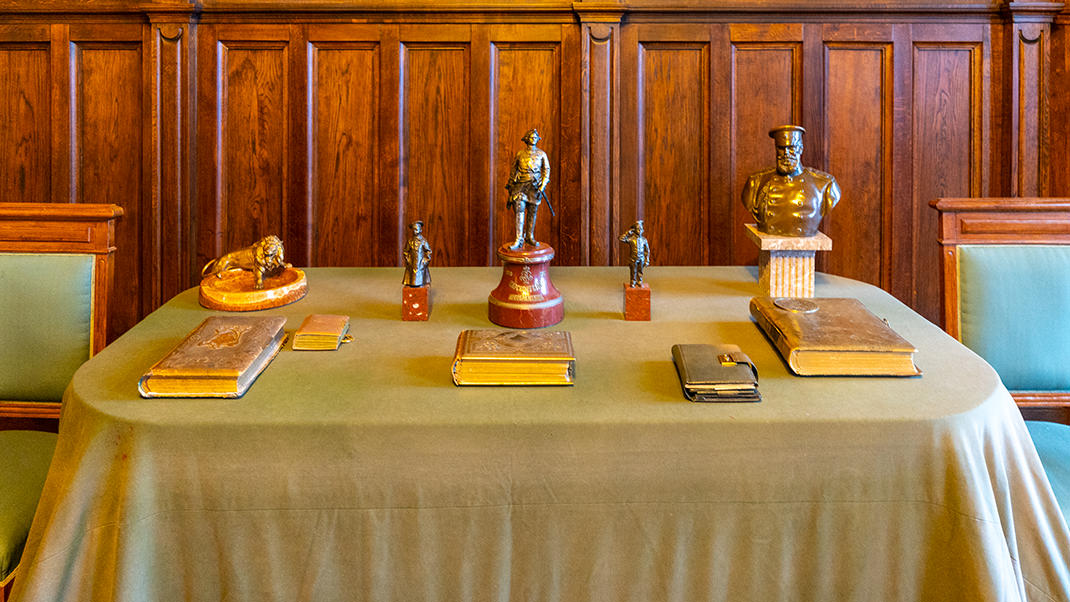
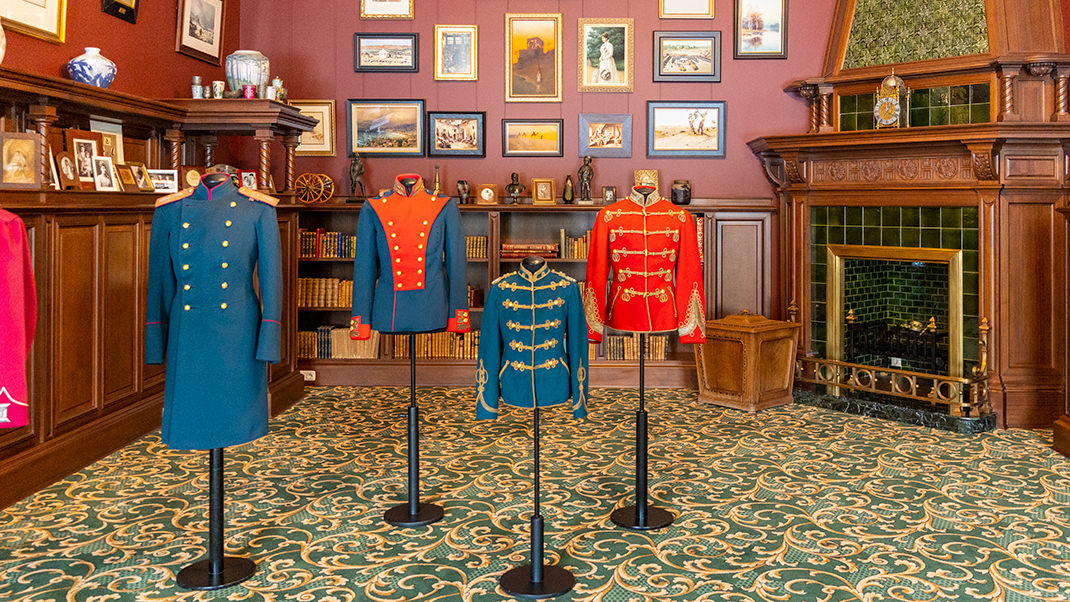
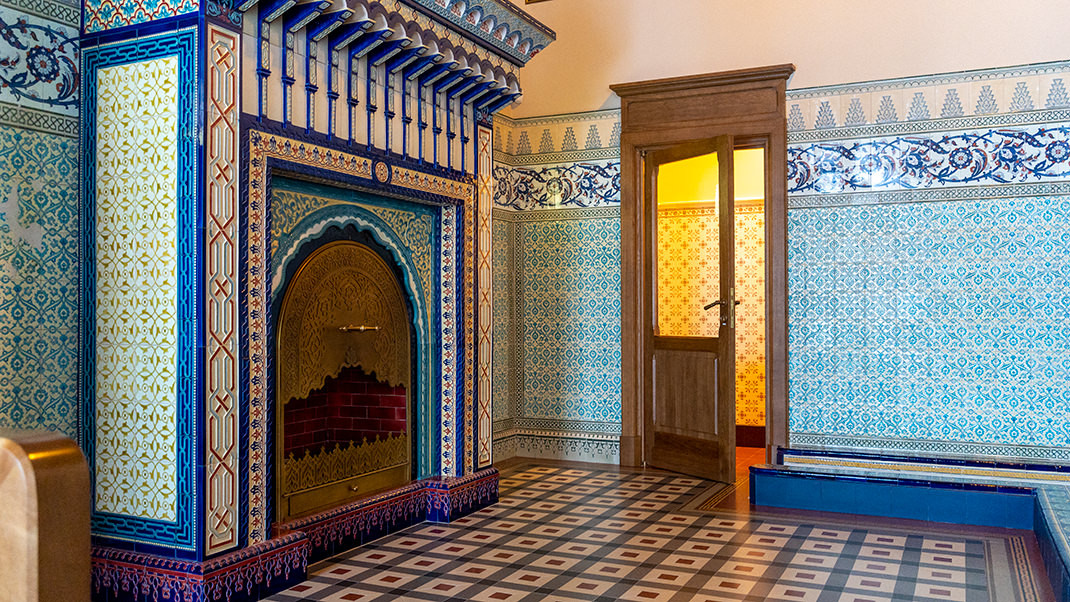
It is planned that in the future, in addition to the restored ceremonial halls of the palace, there will be spaces for temporary exhibitions, research offices, a library, and a children's center.
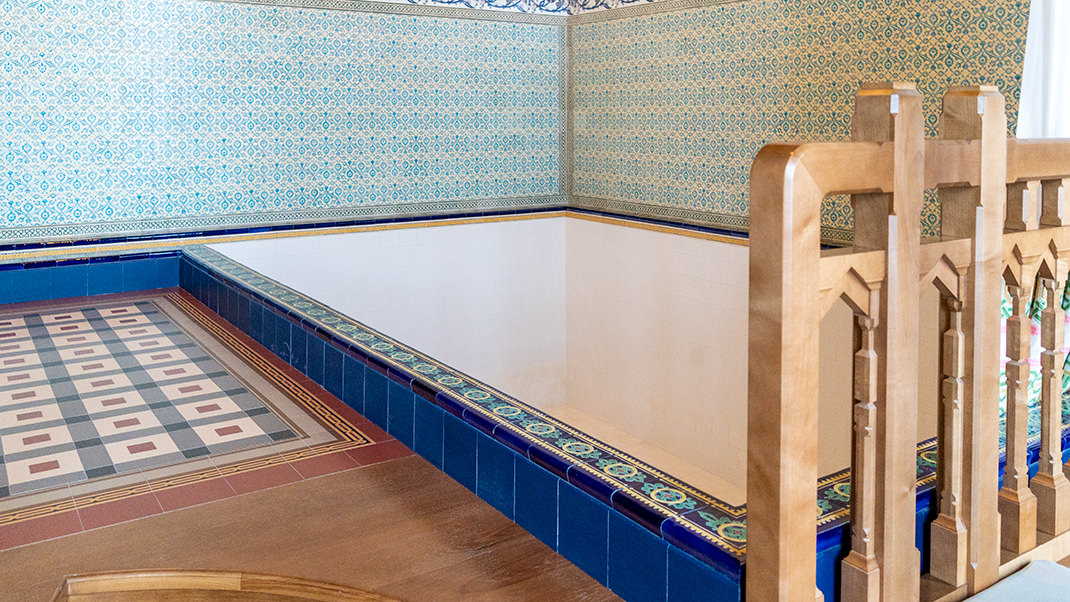
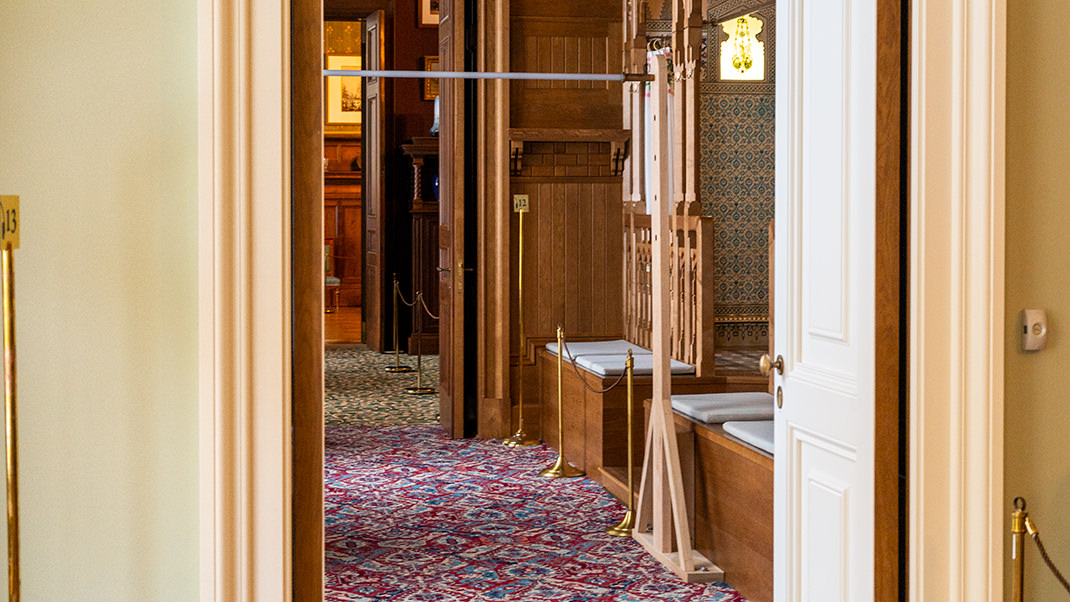
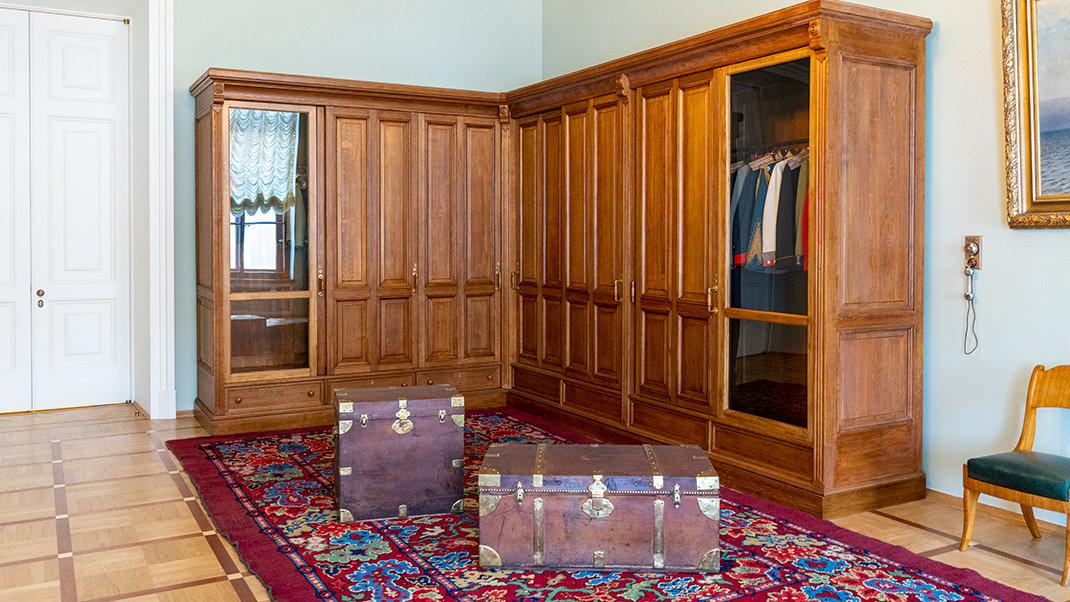
The reigning emperors had different attitudes toward living in the Alexander Palace. For example, its first owner, Alexander I, for whom the building was constructed, was satisfied with his residence but often preferred the nearby Catherine Palace. His brother, Nicholas I, on the other hand, loved this building and frequently stayed there. As I mentioned in the first part of the article, the last Russian emperor, Nicholas II, made the Alexander Palace his permanent residence.
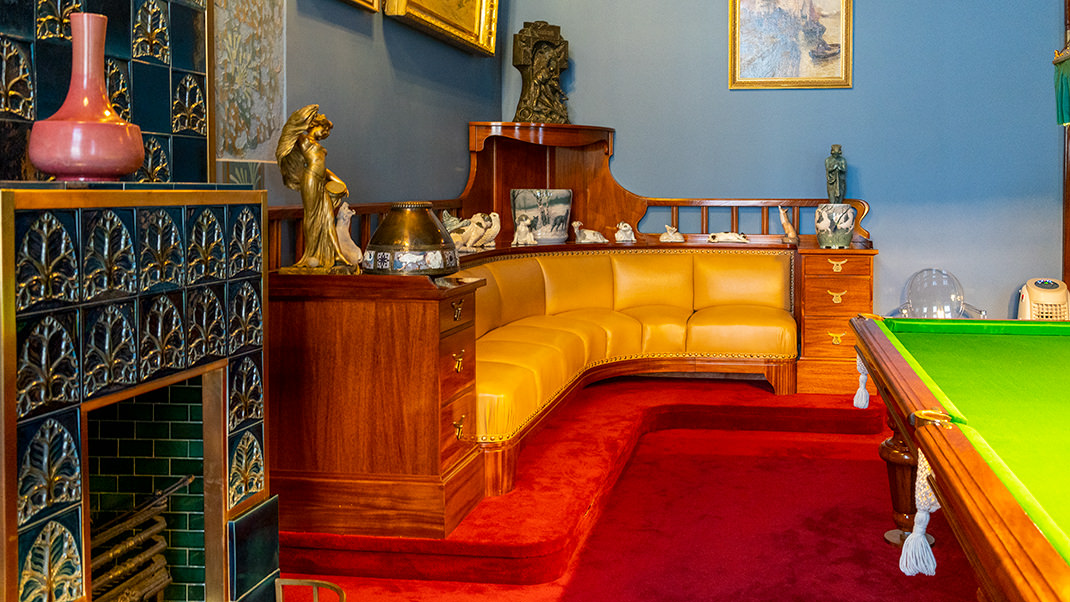
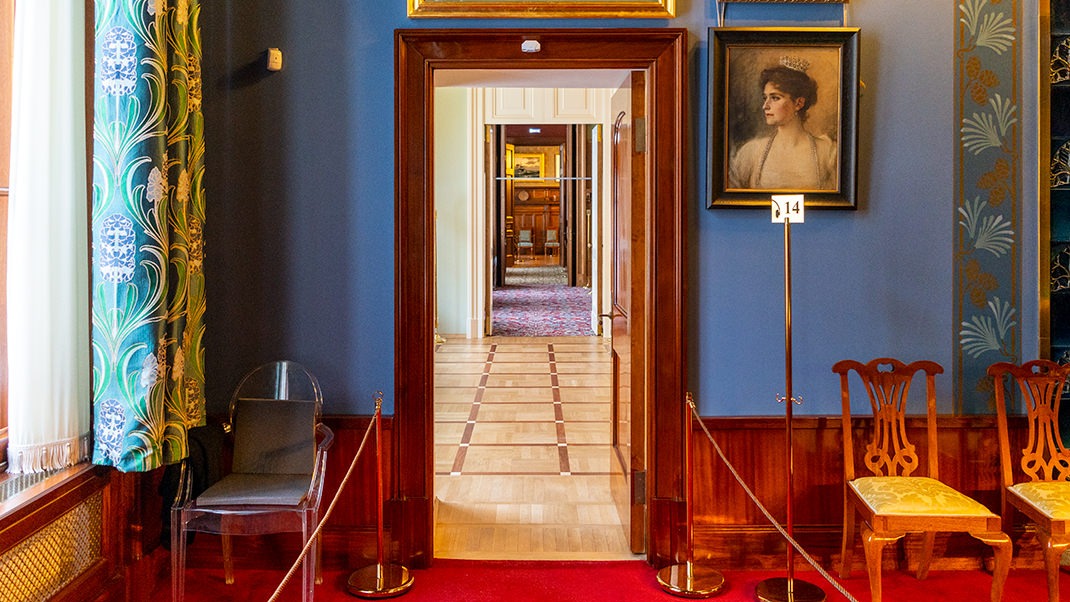
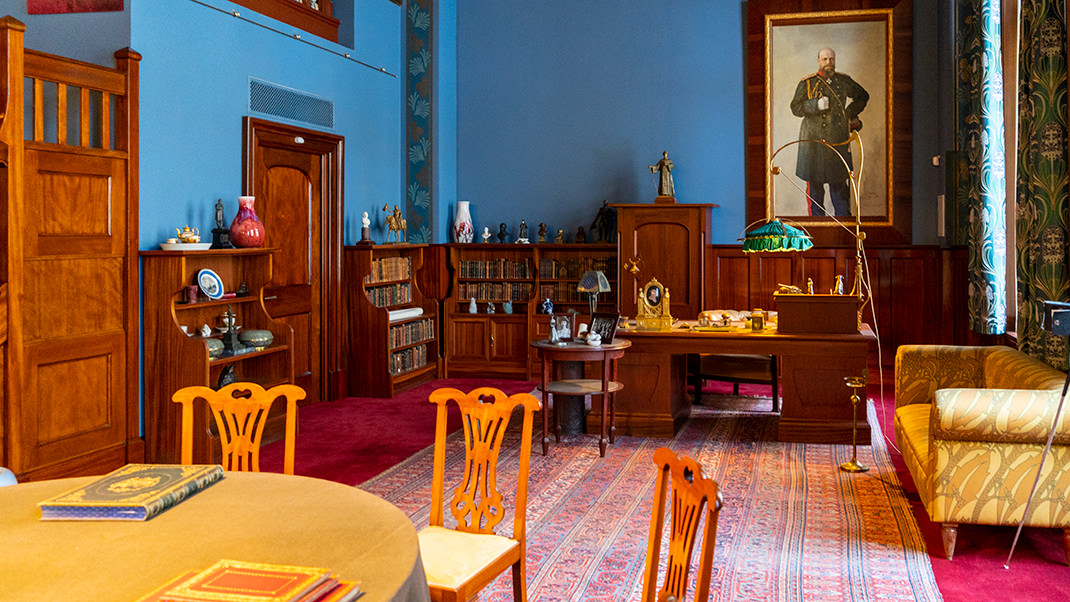
It was during the reign of Nicholas II that many of the palace's interiors were altered by the architect Roman Fedorovich Meltser. I mentioned this architect in my article about the palace of Grand Duke Michael Alexandrovich. An interesting feature of the Alexander Palace is the unusual combination of architectural styles: you can see Meltser's Art Nouveau interiors (late 19th century) alongside the classical facades built according to the design of Giacomo Quarenghi (late 18th century).
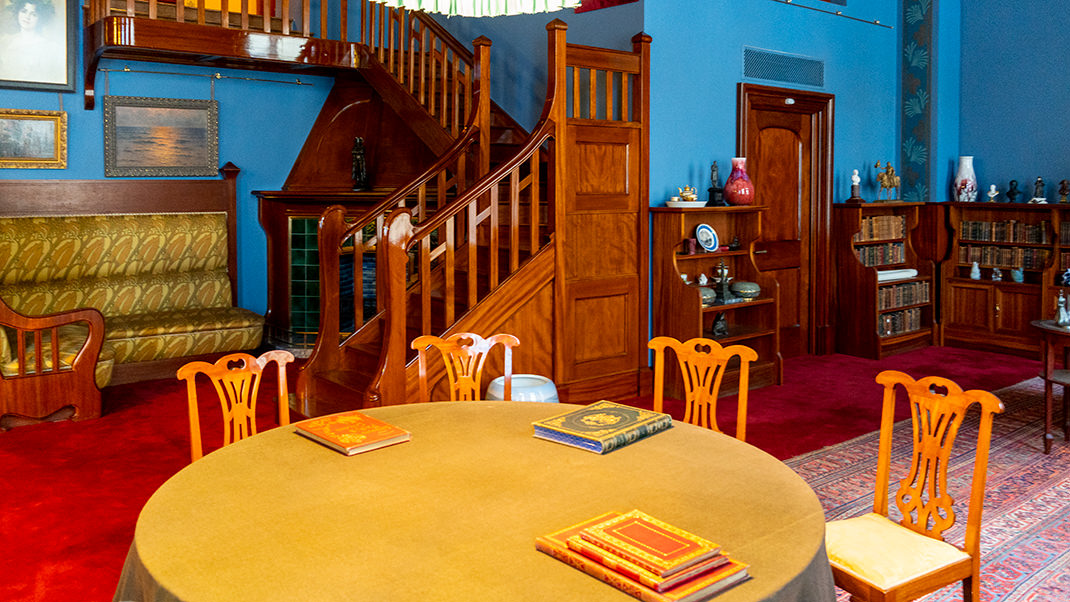
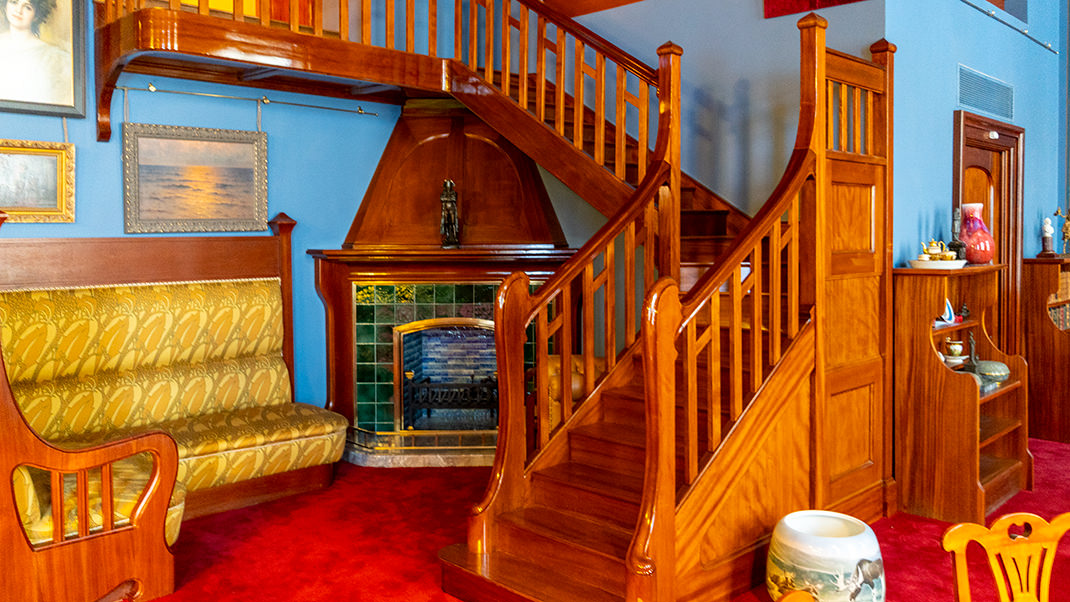
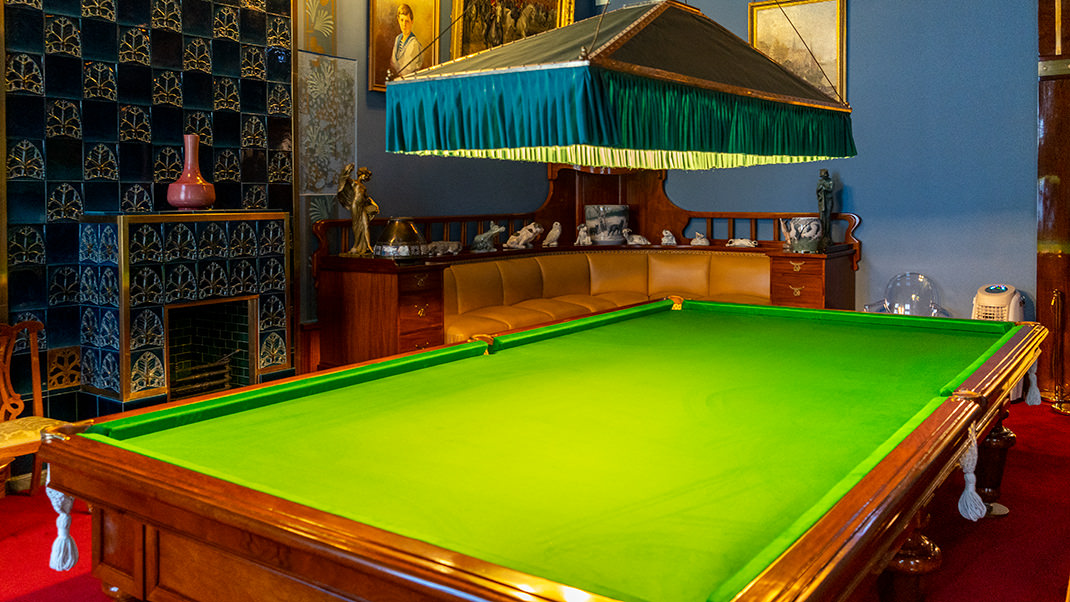
This concludes my brief story, but I assure you that we will definitely return here to explore the rooms of the Alexander Palace that are still awaiting restoration. The completion of work at the residence is expected no earlier than 2023. In the meantime, I can share with you a link to a story about the nearby Catherine Palace, which is famous for its main interior, the Amber Room, which has been recreated in modern times.
Have a nice trip!


